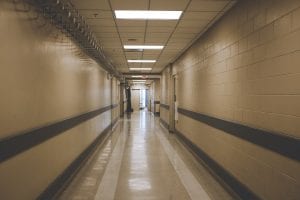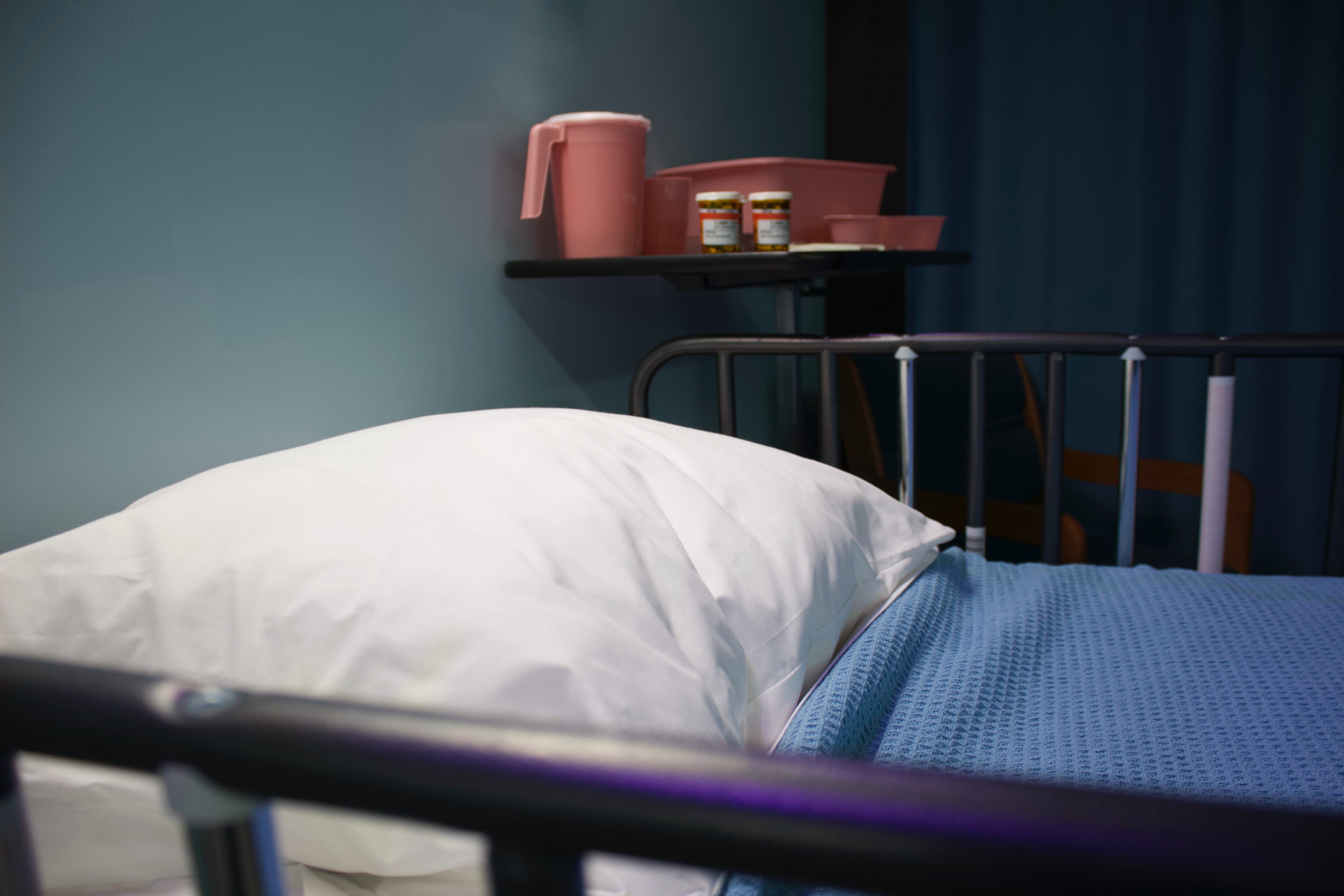Patients are taking their lives in psychiatric hospitals and no one is being held responsible.
There have been nearly 100 deaths identified in California’s 154 psychiatric facilities since 2009 including more than fifty suicides. State investigators typically determined that these self-inflicted fatalities occurred because hospital staff had not been properly monitoring or treating patients. Mia St. John’s son Julian, for example, who had been admitted to a psychiatric facility with schizophrenia, ultimately committed suicide.
In November 2014, Julian, 24, had been living at La Casa Mental Health Rehabilitation Center in Long Beach for two months after being involuntarily committed by Mia’s ex-husband, actor Kristoff St. John. Julian had threatened to kill himself that September. Two months later, Julian had suffocated himself with a plastic bag at the hospital.
Then, in February of this year, Kristoff St. John was found dead in his Woodland Hills, California, home. A coroner officially ruled the cause of his death to be hypertrophic cardiomyopathy. Mia reports her ex began drinking heavily after their son’s death, and Kristoff had a high amount of alcohol in his system at the time.

The family is far from alone. Unfortunately, there is not currently an agency that monitors the number of suicides at psychiatric facilities in California or anywhere else in the nation. A recent media investigation revealed, however, that “hospital negligence or malpractice” were the most relevant causes of both suicides and homicides in these hospitals, and the fatalities “were not exclusive to any one age, race and social class.” Among those who died in California’s psychiatric wards were “a 15-year-old high schooler in marching band, a 27-year-old who spent his free time volunteering at church and a PhD student in criminology,” the investigation found.
It also discovered that although “the number of inpatient deaths in California does not appear to be higher than national averages, the deaths reveal serious lapses in patient safety.” State officials who investigated these deaths largely attributed them to “low staffing levels, staff errors, lack of training, or facilities that were deemed unsafe.” Oftentimes, limited financial resources are to blame. Yet, it is certainly not the norm to have patients exposed to such risk and the system desperately needs more funding.
One incident included the death of a patient last year who was retrained on the ground by several staff members at Aurora Las Encinas Mental Health Hospital in Pasadena. An investigation revealed that the staff had not received proper constraint training. In 2012, a staff member at Kaiser Permanente Mental Health Center in Los Angeles did not check on a suicidal patient every fifteen minutes as required. This led to him hanging himself in his room.
Following almost every death at a psychiatric facility in California, the facility continues operating with most individuals unaware of any errors that occur, according to investigative reports. “Welcome to the black hole,” said Benjamin Miller, a psychologist who is chief strategy officer for the Well Being Trust. “Everyone should be informed as to what type of care they receive, but that’s the problem with mental health – nobody really knows.”
California needs to have 50 psychiatric hospital beds per 100,000 people, yet, right now, it has only seventeen, according to a 2018 report from the California Hospital Association. Across the nation, individuals who need immediate care are left waiting.
Sources:
Their kids died on the psych ward. They were far from alone, a Times investigation found
Victoria Rowell Of ‘The Young And The Restless’ Issues Statement On Kristoff St. John’s Death
Search our database of deaths and assaults at California psychiatric facilities


Join the conversation!